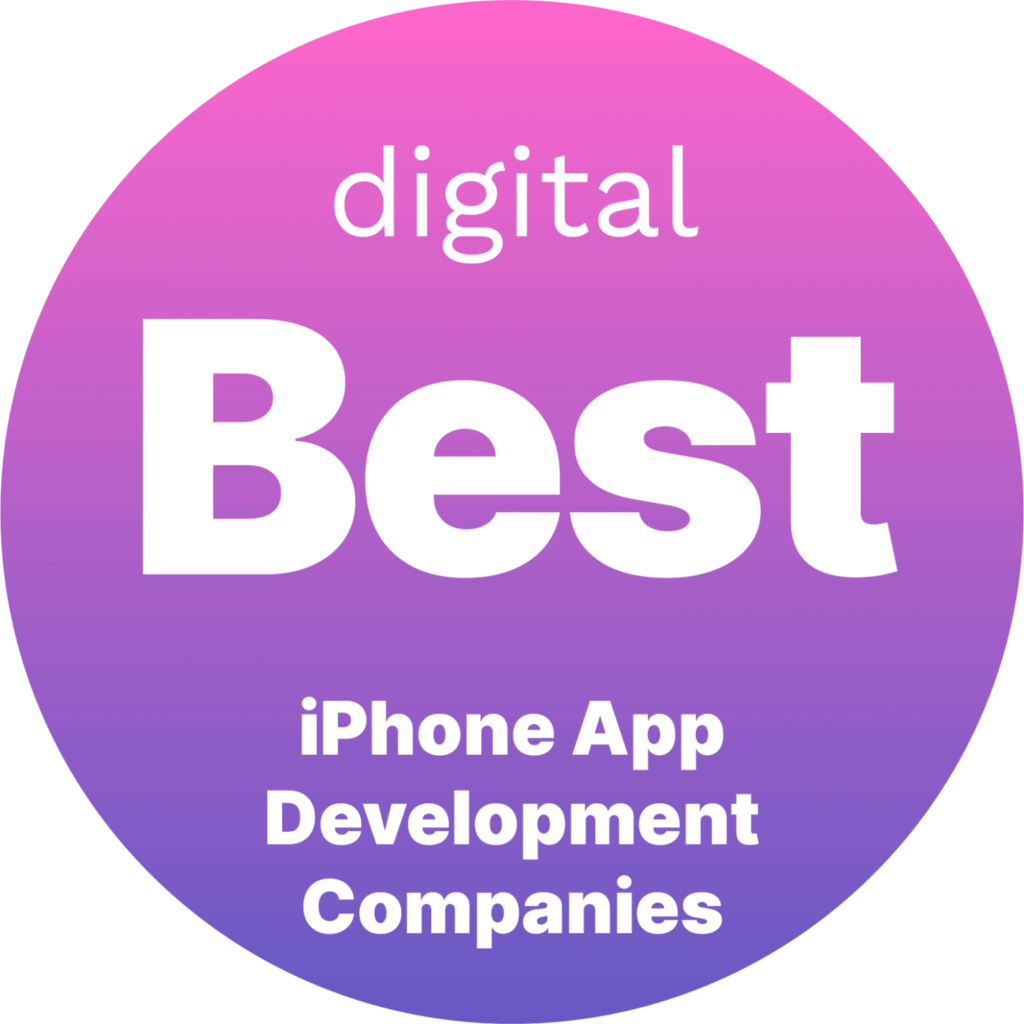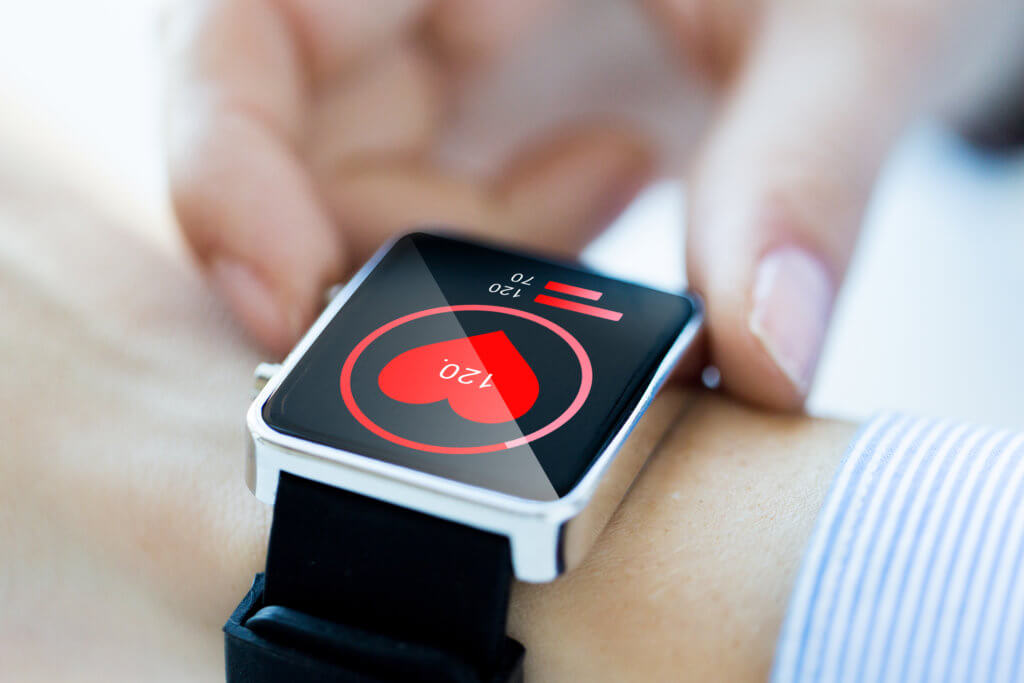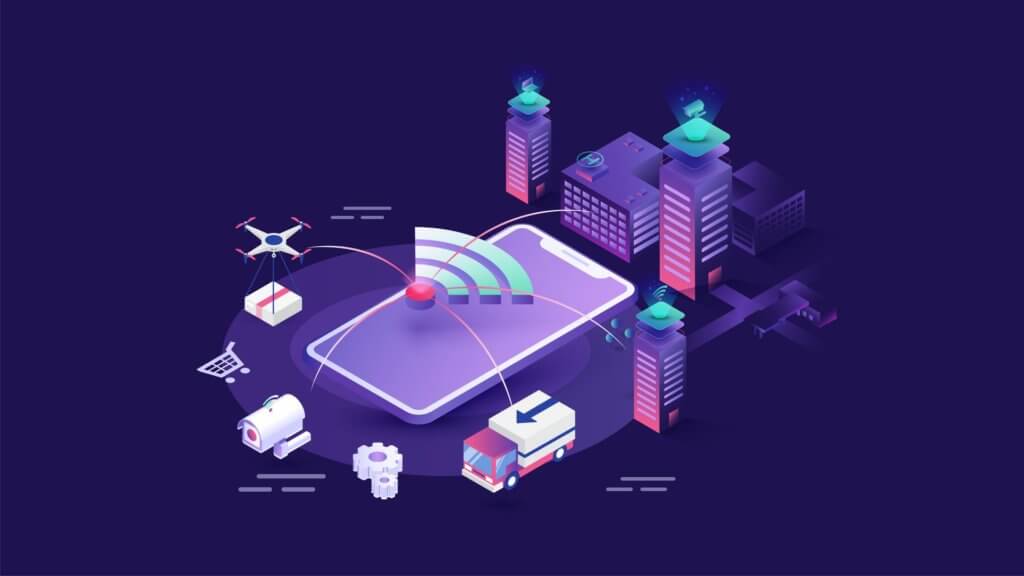Leveraging Native Device Features: Getting the Most Out of Camera, GPS, and Sensors
December 28, 2024 - 15 minutes readAfter reading this article, you’ll:
- Understand how to leverage advanced mobile device features (camera, GPS, and sensors) beyond their basic functions, including applications like OCR, augmented reality, geofencing, and biometric authentication to enhance app functionality
- Learn the business benefits and practical implementation considerations of native features, including improved user experience, better performance, and access to cutting-edge capabilities that can drive user engagement and retention
- Grasp essential best practices for native app development, including the importance of performance optimization, thorough testing across different environments, and implementing robust security measures for handling sensitive device capabilities and user data
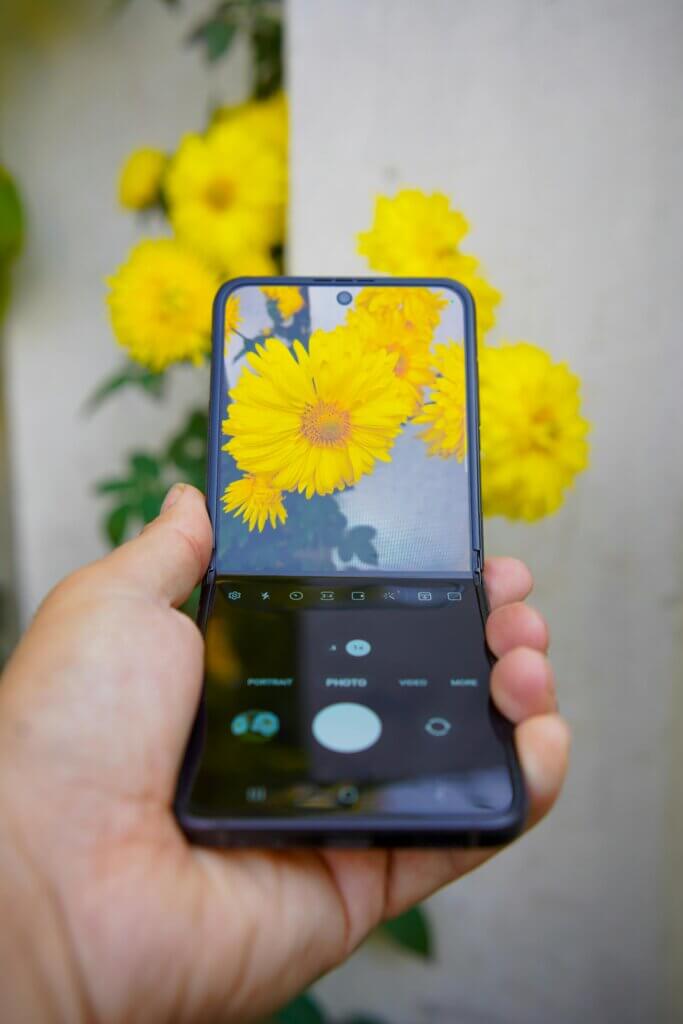
Many mobile apps today fail to take full advantage of the robust native features built into modern smartphones. From high-tech cameras to precise location services and advanced sensors, our devices are packed with capabilities that can greatly enhance app functionality and user experience—if properly leveraged.
By incorporating native features into your mobile app design, you can unlock unique benefits that translate into real business value:
- Enhanced User Experience (UX): Direct access to hardware like the camera and GPS creates more seamless, intuitive interactions. Features like augmented reality also enable more immersive experiences.
- Improved Performance: Native APIs and SDKs are optimized to deliver smoother performance compared to alternatives like mobile websites or cross-platform tools.
- Access to Cutting-Edge Capabilities: Native development allows you to integrate innovative features like facial recognition, 3D mapping, and more that may not be available otherwise.
Focusing on native features isn’t just about technology—it directly impacts your success metrics including user engagement, retention, brand loyalty, and ability to stand out from the competition.
In this article, we’ll explore practical applications of three major native device capabilities: the camera, GPS, and built-in sensors. For each, we’ll showcase creative use cases beyond the basics, best practices for implementation, and business benefits. Let’s dive in!
Camera: Beyond Just Taking Pictures
The powerful cameras built into today’s smartphones offer far more capabilities than simple image and video capture. Here are some creative ways to leverage mobile camera features to provide business value:
High-Quality Media Creation
With 12MP+ resolutions, 4K video, and tools like image stabilization, phones now rival dedicated cameras. Develop features that let users create pro-level product photographs, video demonstrations, tutorials, and other media-rich content. For example, an e-commerce app could enable virtual “try-on” of makeup, jewelry, or glasses using the front-facing camera.
Optical Character Recognition (OCR)
Integrate OCR to instantly extract text from documents, receipts, business cards, and more captured by the camera. This allows key data to be digitized, saved, searched, and analyzed. An expense reporting app could automatically log receipt details, or a translation app could ingest foreign language menus, signs, ingredients, etc.
Barcode & QR Code Scanning
Barcode scanning streamlines everything from inventory and warehouse workflows to retail checkout. QR codes can power interactive marketing campaigns, contactless ticketing, self-guided tours, and more. The camera essentially becomes an optical input device. An event management app could issue virtual passes by scanning a code, while a grocery app helps shoppers lookup products or access discounts.
Augmented Reality (AR)
Overlay digital content onto the real-world camera feed to blend realities. From visualizing furniture in your home to interactive gaming, AR creates immersive experiences that make apps more engaging. The IKEA Place app lets you see true-to-scale 3D furniture models in your space before you buy.
Computer Vision & Analysis
With machine learning algorithms, the camera can “see” and analyze images and video to automate tasks. An app could auto-tag photos to simplify media organization, identify fashion styles to make recommendations, or provide facial recognition for improved security.
GPS: Location, Location, Location
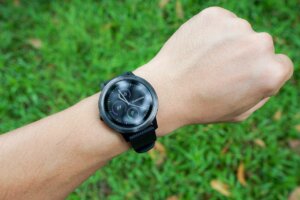 Location-aware features powered by GPS and other sensors now play a huge role across every category of app. Precise location data allows apps to deliver more value through personalized, contextual experiences.
Location-aware features powered by GPS and other sensors now play a huge role across every category of app. Precise location data allows apps to deliver more value through personalized, contextual experiences.
Precise Positioning
Accuracy is critical – there’s a big difference between locating a user at 123 Main Street versus simply in the same city. Combine GPS with Wi-Fi and cellular data to pinpoint locations down to a few feet. Assisted GPS helps speed up locks and improves accuracy indoors.
Location-Based Notifications & Geofencing
Create virtual perimeters around points of interest so your app can trigger actions when a user enters or leaves an area. Send timely notifications to engage users upon arrival – e.g. a retail app that alerts shoppers to site-specific deals. Integrate with IoT devices so entering home geofences can adjust smart appliances.
Intuitive Maps & Navigation
Clear interactive mapping and turn-by-turn navigation features are now table stakes for many apps like ride-sharing and food delivery. Optimize routes based on real-time traffic data. Offline support and detailed 3D city maps provide value even without constant connectivity.
Social & Community
Location check-ins help connect people and foster a sense of community. Social apps leverage positions to help matchmake nearby users, identify friends to meet up with, recommend local venues, and more. Fitness apps build motivation through sharing and comparing exercise routes.
Location Intelligence
Collecting aggregate location analytics provides insight into your users’ behaviors and movement patterns. This data powers everything from contextual in-app messaging to planning retail locations and targeted ad campaigns. With proper consent and governance, location intelligence unlocks immense value.
Sensors: Unlocking a World of Possibilities
Modern mobile devices are packed with sensors that measure motion, orientation, environment conditions, and more. These provide versatile input data to power innovative app experiences.
Accelerometer & Gyroscope
These motion sensors track device movement along 3 axes as well as rotation. Fitness apps use them to count steps and identify activities like walking or cycling. Games adopt motion controls for immersive gameplay – swinging or tilting the device to control on-screen actions.
Proximity Sensor
This sensor detects when other objects are physically close to the device. Apps leverage it for automatic screen wake/sleep during calls, saving power and preventing accidental touches. Proximity sensing also enables location-based features like automatically checking into offices or venues based on proximity.
Ambient Light Sensor
By automatically adjusting screen brightness based on current light levels, this sensor ensures optimal viewing and improves battery efficiency. The data can also be used creatively, like light-responsive games or an app that changes themes from day to night mode based on ambient brightness.
Biometric Sensors
Fingerprint readers and facial recognition cameras provide convenient yet secure user authentication, with apps in finance, healthcare, and other sensitive domains requiring biometrics. This offers protection without cumbersome passwords while maintaining privacy.
Specialized Sensors
While less common, sensors like barometers, magnetometers, thermometers, and heart rate monitors enable niche use cases. A mountain hiking app could track altitude via air pressure data. An augmented reality game might overlay virtual objects anchored to real-world magnetic surfaces. The possibilities are vast.
Best Practices for Development
When building apps that leverage native features, following some key best practices will optimize development and performance:
Native vs. Cross-Platform
Carefully evaluate whether to build natively for each OS (Swift/Obj-C for iOS, Java/Kotlin for Android) or use a cross-platform framework like React Native or Flutter. Factor in access to newest native APIs, performance, app size, and ease of use.
Performance Optimization
Native apps must feel smooth and responsive when accessing hardware like cameras and sensors. Profile for bottlenecks, minimize app load times, display placeholder UI during start-up, and test on various target devices. Handle sensor streams efficiently in background threads.
Rigorous Testing
Thoroughly test feature functionality in different environments – outdoors for GPS accuracy, low light for camera quality, motion sensors while walking/driving, etc. Confirm biometrics and augmented reality behave as expected across various phones. Automated testing is highly advised to complement manual QA.
By carefully architecting your app, optimizing efficiency, and testing rigorously, you can build highly responsive, robust apps that take full advantage of all native device capabilities. This directly translates into happy users and business success.
Security and Privacy Considerations
When leveraging sensitive native features, be sure to make security and privacy a top priority throughout the app lifecycle. This builds user trust and ensures regulatory compliance.
Permission Handling
Request access to only the device capabilities that your app specifically requires. When prompting users for permissions, explain clearly how each feature will be used to deliver value—e.g., the camera for scanning documents or location for navigation. Handle denied permissions and opt-outs gracefully.
Data Security
Take reasonable steps to protect any location coordinates, biometric data, photos/videos, and other sensitive information collected. Encrypt data in transit and at rest, anonymize where possible, and minimize retention periods.
Regulations & Transparency
Stay current on relevant privacy laws like GDPR and CCPA, which govern the use of personal data like geolocation. Clearly communicate your privacy practices and data use at onboarding and within app settings. Adhere to platform requirements from Apple and Google around permission handling.
By being transparent, securing data properly, and respecting user preferences you can build trust and compliance into your app’s use of native features.
Frequently Asked Questions (FAQs)
What are the main advantages of using native device features in mobile apps compared to web-based alternatives?
Native device features offer several key advantages: enhanced user experience through direct hardware access, improved performance due to optimized APIs and SDKs, and access to cutting-edge capabilities like facial recognition and 3D mapping. Native apps can deliver smoother performance and more seamless interactions compared to mobile websites or cross-platform solutions.
How can businesses leverage smartphone cameras beyond basic photo and video capture?
Businesses can utilize smartphone cameras in various advanced ways, including implementing optical character recognition (OCR) for document digitization, enabling barcode and QR code scanning for inventory management, creating augmented reality experiences for product visualization, and utilizing computer vision for automated image analysis and tagging. For example, e-commerce apps can offer virtual “try-on” features, while expense management apps can automatically extract data from receipts.
What security considerations should developers keep in mind when implementing native device features?
Developers should prioritize several security aspects: implementing proper permission handling by only requesting access to necessary features, protecting sensitive data through encryption both in transit and at rest, ensuring compliance with privacy regulations like GDPR and CCPA, and clearly communicating privacy practices to users. It’s also crucial to handle denied permissions gracefully and minimize data retention periods where appropriate.
How can location-based features be used to improve user engagement?
Location-based features can enhance user engagement through several methods: implementing precise positioning for accurate service delivery, setting up geofencing to trigger contextual notifications, providing interactive mapping and navigation features, enabling social connections through location sharing, and gathering location intelligence for better user experience. These features can be particularly valuable for retail, social, and service-based applications.
What types of sensors are available in modern smartphones, and how can they be utilized in apps?
Modern smartphones contain various sensors including accelerometers, gyroscopes, proximity sensors, ambient light sensors, and biometric sensors. These can be used for multiple purposes: tracking physical activity and motion in fitness apps, enabling automatic screen adjustments, providing secure authentication through fingerprints or facial recognition, and creating immersive gaming experiences through motion controls. Some devices also include specialized sensors like barometers and magnetometers for specific use cases.
Tags: camera, native, native features


